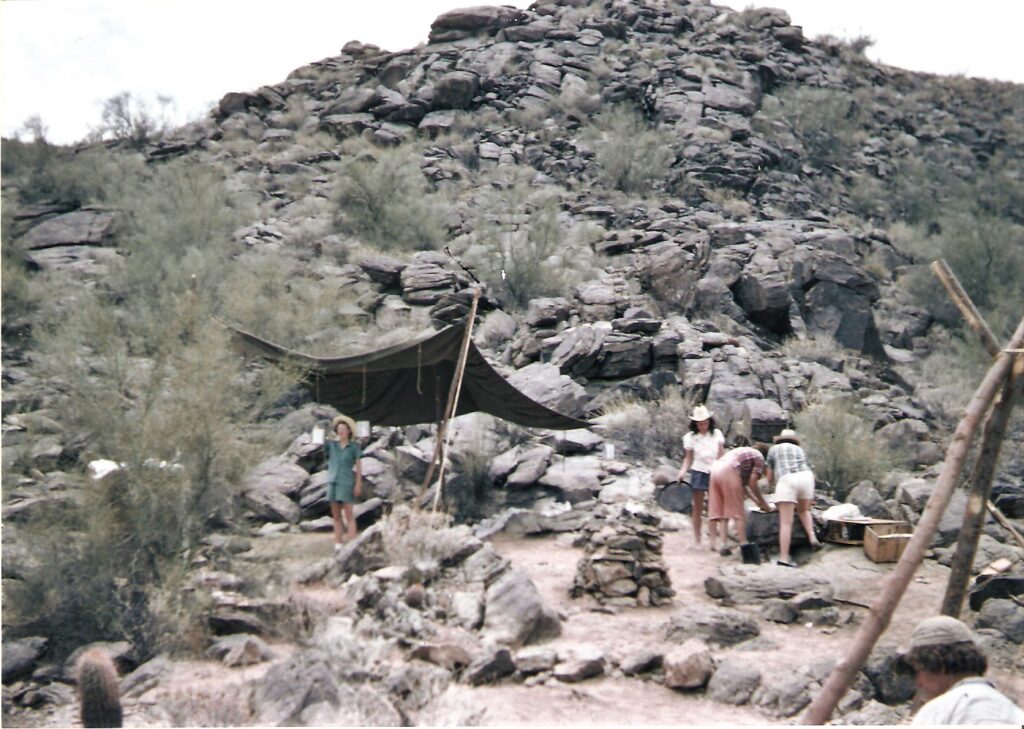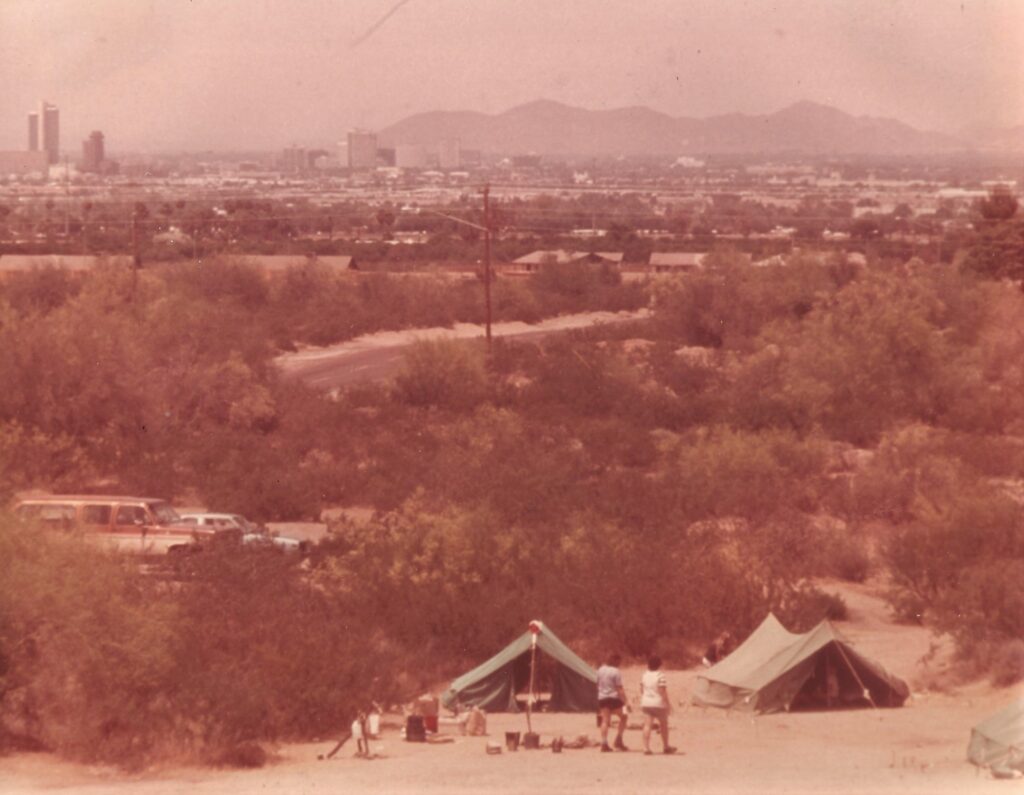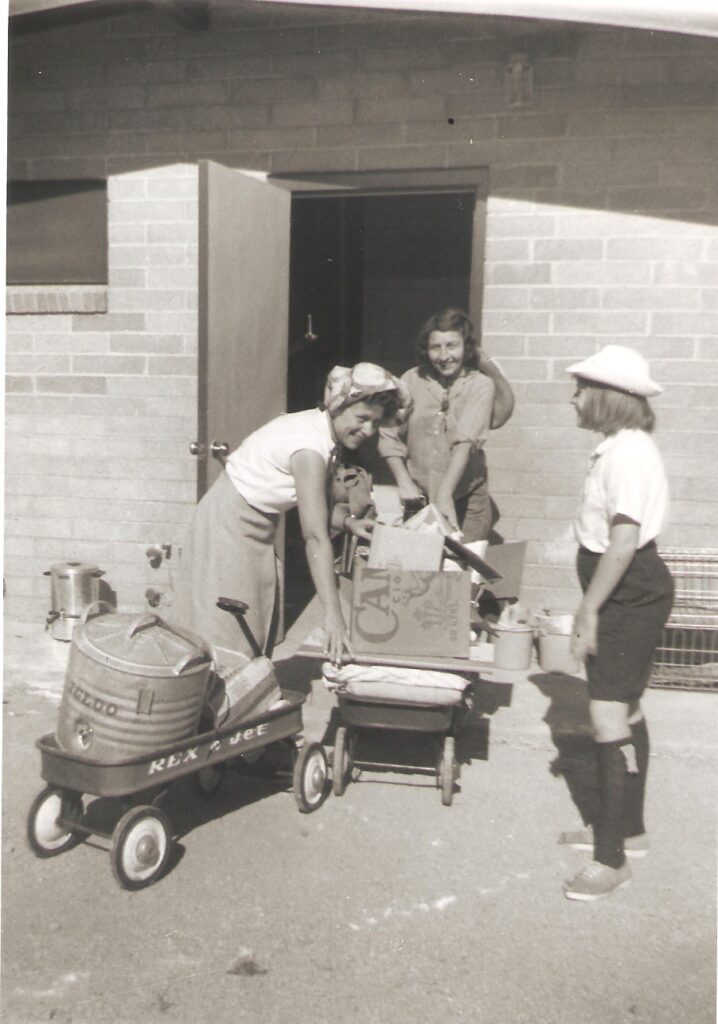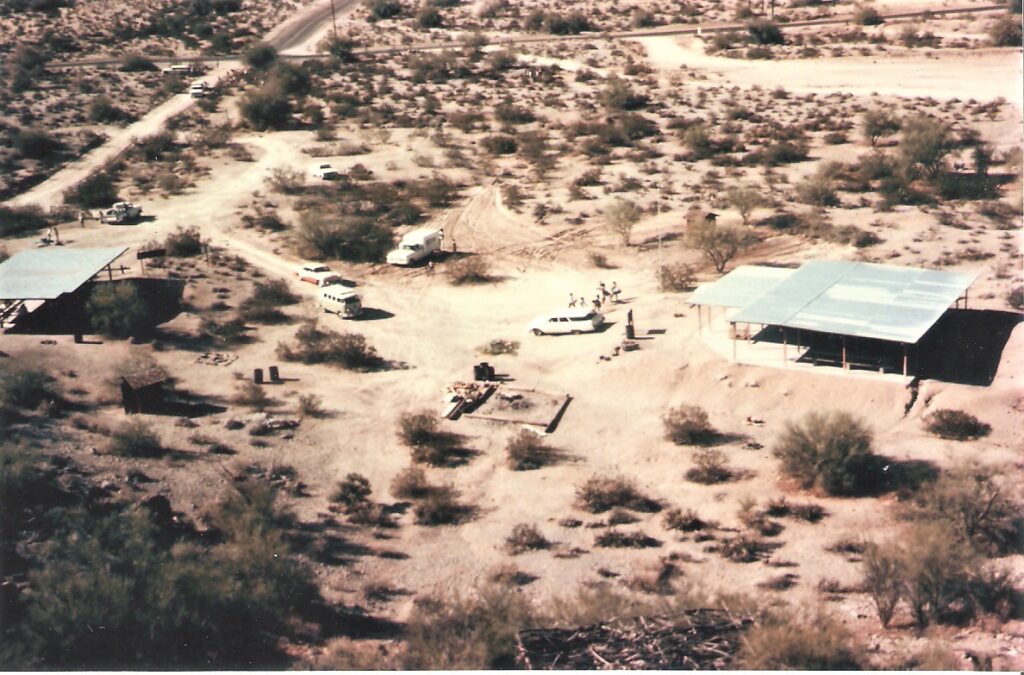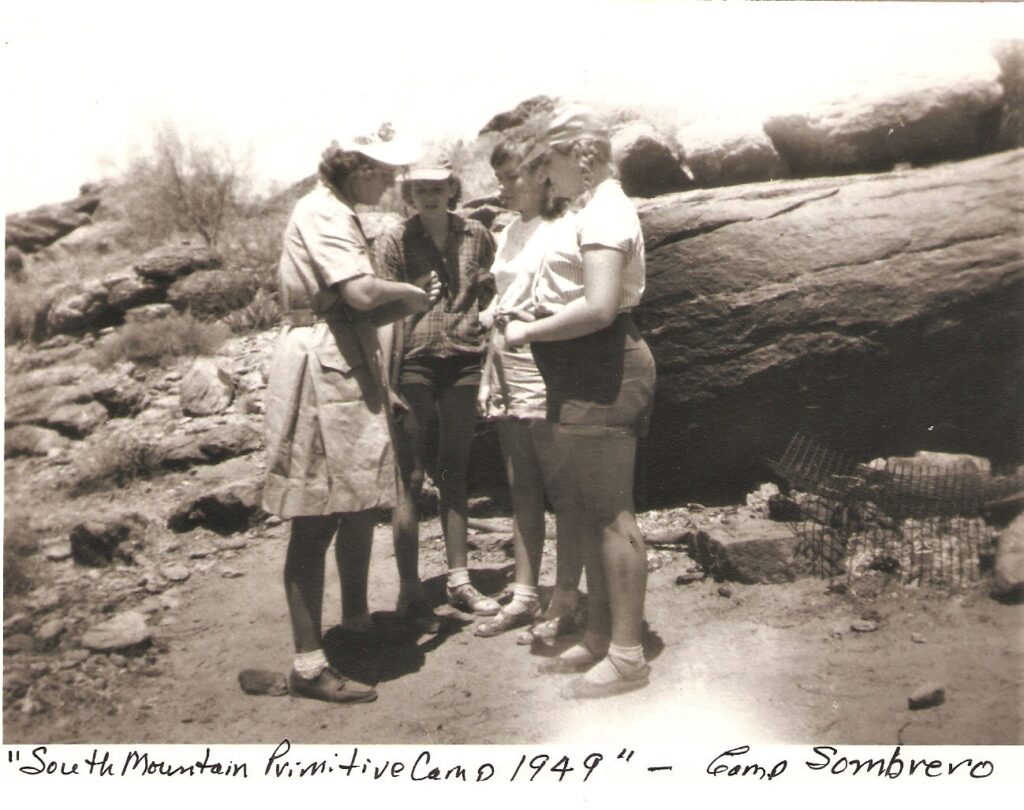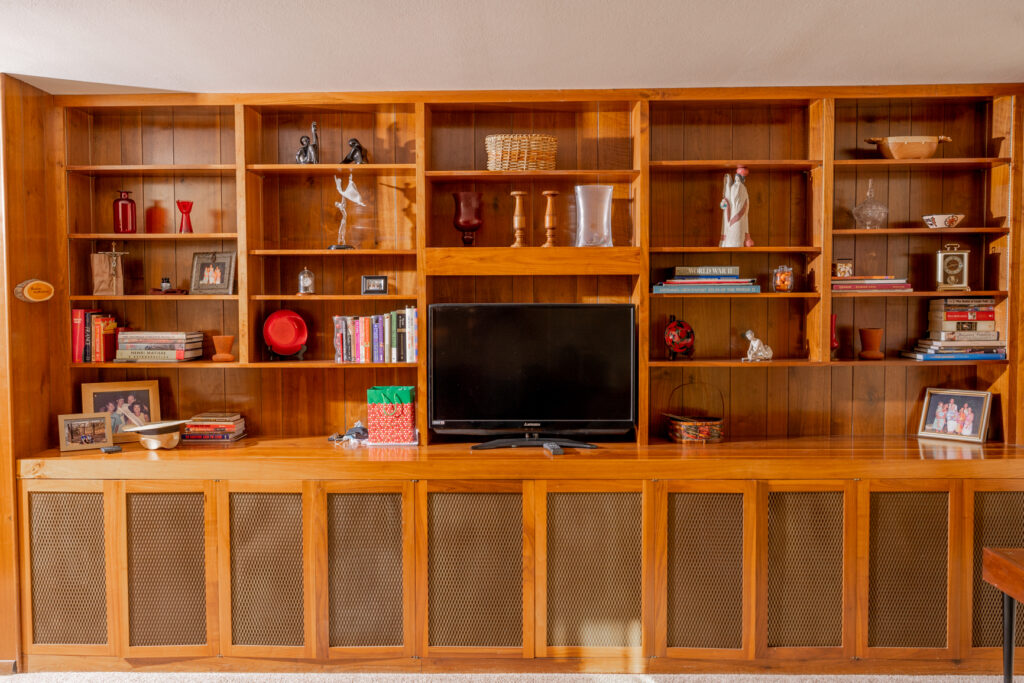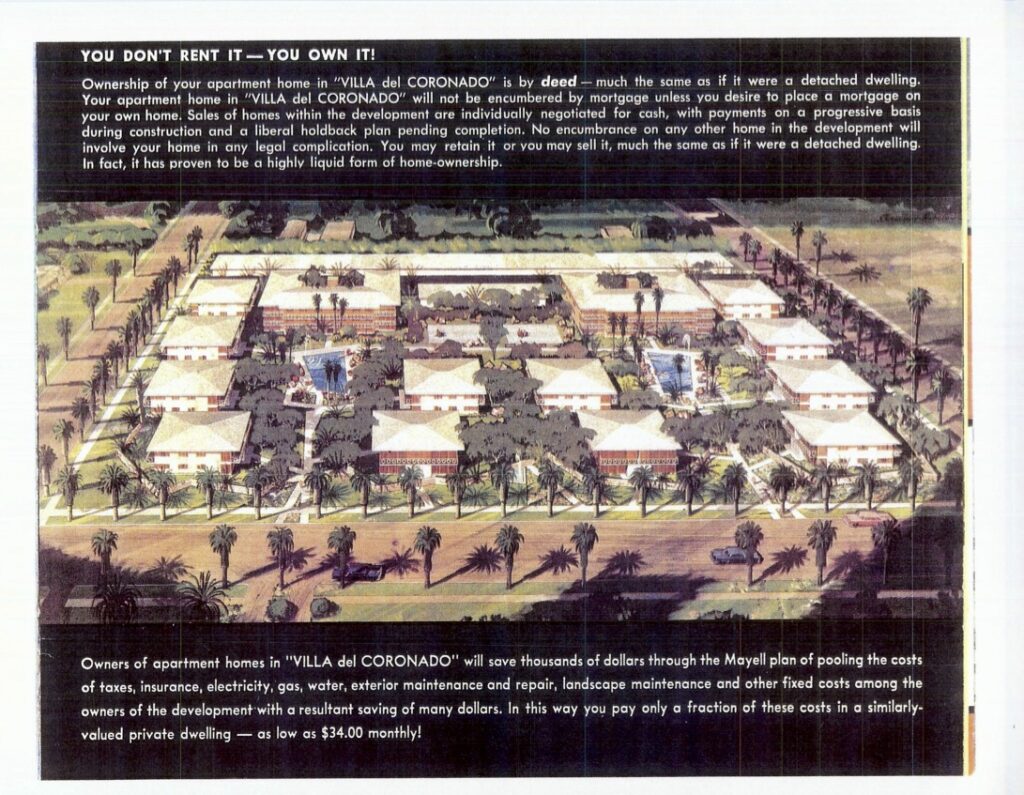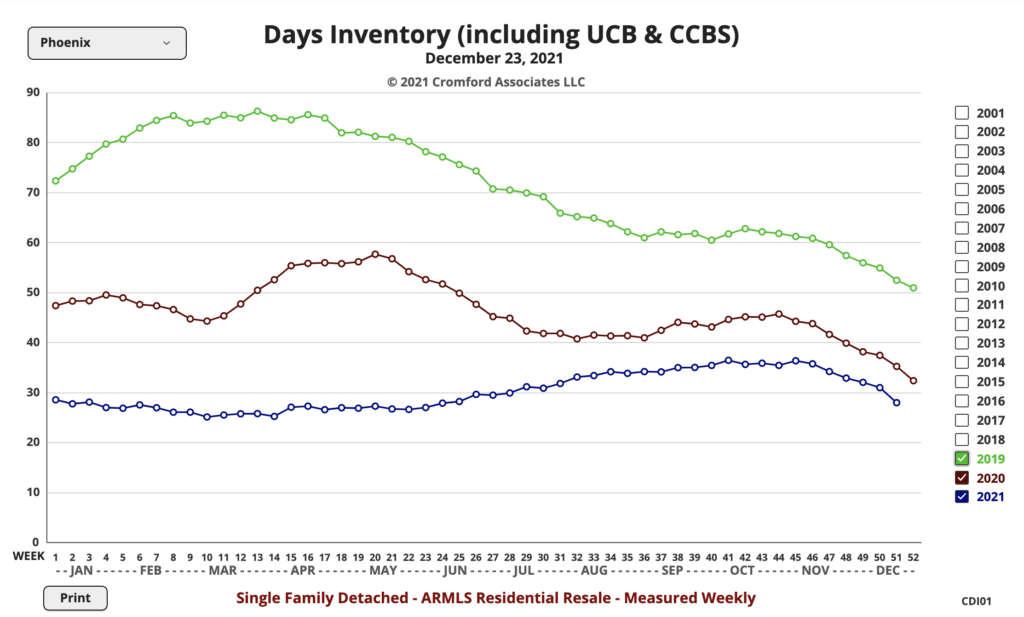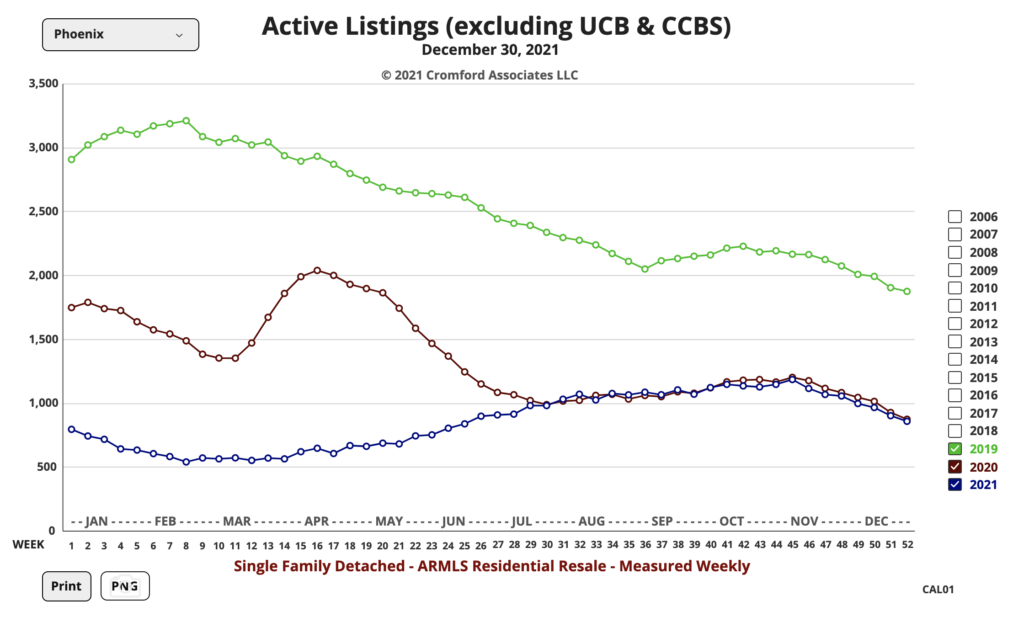Donna Reiner, has written many articles over the years for the Arizona Republic and others about Phoenix history and memorials. She is a regular contributor to our newsletter. This month, Donna tells us about a five-acre camp Sombrero at South Mountain, designated just for girls scouts.
Two hundred and forty-four years ago, Abigail Adams wrote a letter to her husband, John Adams, asking him to please “remember the ladies” in the “new code of laws.” We know, however, that she was not successful in persuading Adams to take action.
Maie Bartlett Heard, on the other hand, did take action after her husband, Dwight Heard, had donated land on South Mountain to the Roosevelt Boy Scout Council in the late 1920s. She decided to donate approximately five acres to the Girl Scouts.
Announced at the Maricopa Council of Girl Scouts (now the Arizona Cactus-Pine Council) annual meeting in the fall of 1948, Mrs. Heard officially presented the deed to the council’s coordinating camp chair. To the delight of leaders and eventually thousands of girls, this camp started as a summer day camp experience and a winter week-end camp.
While the camp site was initially labelled as primitive (no facilities), things began to change in 1950 with the construction of a ramada and a NAME. Judy Styles, a young scout in Troop 164, won the council contest with her suggestion of Sombrero.
Sombrero also became a place for activities other than camping. In May 1952, Ida Redbird, a well-respected Maricopa pottery artist showed scouts ancient pottery making techniques in an all-day workshop.
According to Girl Scout archives, the camp director “obtained permission for Ida Redbird to return to the reservation after dark due to the curfew laws in place at the time.” Do you remember those?
In 1981, one of the council board members learned that the Fraternal Order of Police had property adjoining Camp Sombrero which they wanted to sell. The board visited the property and subsequently made plans to purchase the land. Along with the acreage came a lodge, pool, and staff house. Much needed accoutrements which were later improved and expanded.
Sombrero was most convenient for many of the valley troops providing a remote feeling, but close to home. It offered Day Camp for Moms and daughters, Dads and daughters, workshops on desert survival, cooking over an open fire, archery, and many other innovative programs. Of course, swimming was often the highlight after a day filled with action.
In 1992, Rosa Parks was in the Valley of the Sun promoting her book, Rosa Parks: My Story. She visited Camp Sombrero, graciously signed books for the girls in attendance and spoke about literacy and the freedom to learn. What a powerful experience for those girls who met her.
Today Camp Sombrero is a fond memory, often of dust and blazing sun, for many of us who attended, worked there as staff, or volunteered as leaders. After a five-year fundraising campaign, the Girl Scouts -Arizona Cactus-Pine Council opened the Bob & Renee Parsons Leadership Center for Girls & Women at Camp South Mountain in 2017.
The modern facility still has a pool and camping opportunities, but also space for meetings and classrooms to meet the needs of an ever-changing community.


